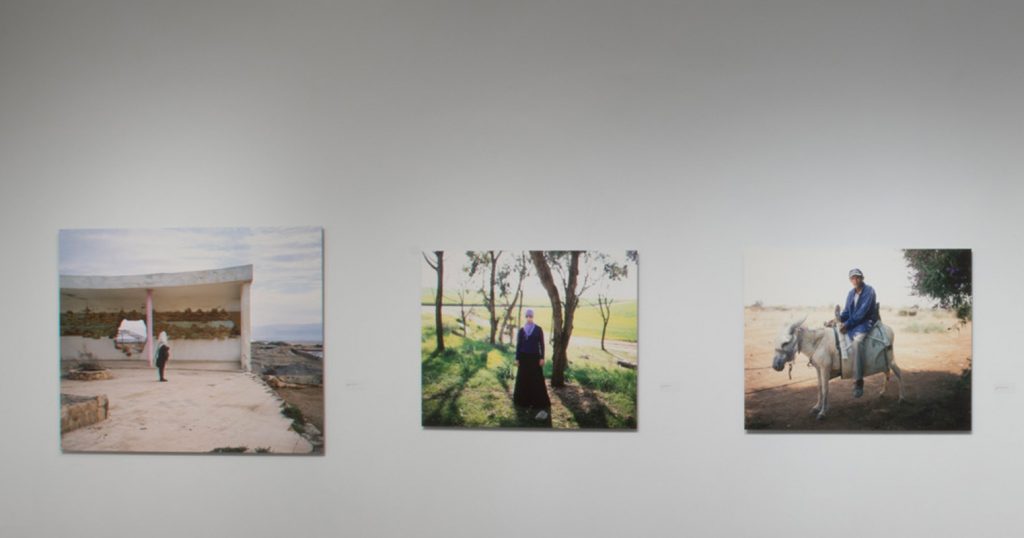III
Israel’s journeying into his country initially followed figurative trails blazed by late-nineteenth-century photographers on the great surveys of the American West, as the United States took stock to take control. His work, however, has more in common with subsequent generations of American photographers tracing new topographical lines a hundred years later, drawn to everyday people and vernacular landscapes.
This connection only goes so far. These photographs are avowedly not in the surveying mode, and the artist rejects the notion that they present us with any sort of comprehensive picture of Israel. This is because of the nature of his country. It is far too paradoxical a place to be understood, let alone explained, through photography. Furthermore, Israel’s intention is to work around the margins of society in that part of the world. And, the nature of photography itself is for him as ephemeral as light momentarily illuminating a place or a person just so.
Yaakov Israel echoes the motif of Israel as an island in drawing a contrast with the long, linear automobile journeys across vast American spaces in his forays into Israeli hinterlands, repeatedly for running always into the limits of those spaces. His determination to showcase parts of that territory not normally celebrated, or held up to the light, moves us deep into terra incognita.
What emerges from Israel’s photographs is a parallel cartography of his homeland. He is mapping off the beaten track and representing place through an alternative medium. His cartography, unlike traditional maps we invest with totemic authority, creates spaces for us to commune with his Israel. It is in those interstices created between the artist’s looking, our own, and the image itself that these images make sense.
Dissonance niggles. The beauty of the images invites us in. Ensnared, we puzzle over his alternative map of these territories: a woman sleeps, vulnerable in the desert; fading pink columns adorn a decaying air force base. A boy steadies himself, camera in one hand, kingfisher in the other: release and capture. Machine guns rest atop concrete picnic tables. A bather, alone, hemmed in by foliage and distant hills, wades into the waves in a place where trees, apparently, grow in water that must not be the sea after all.
We are left to confront these enigmatic photographs as stories that, in the aggregate, may tell a bigger tale, grappling with the understanding that stories and tale both will be changed every time we immerse ourselves in the images.
Essay by Dr. Mark Long
Political geographer and associate professor of political science
College of Charleston

